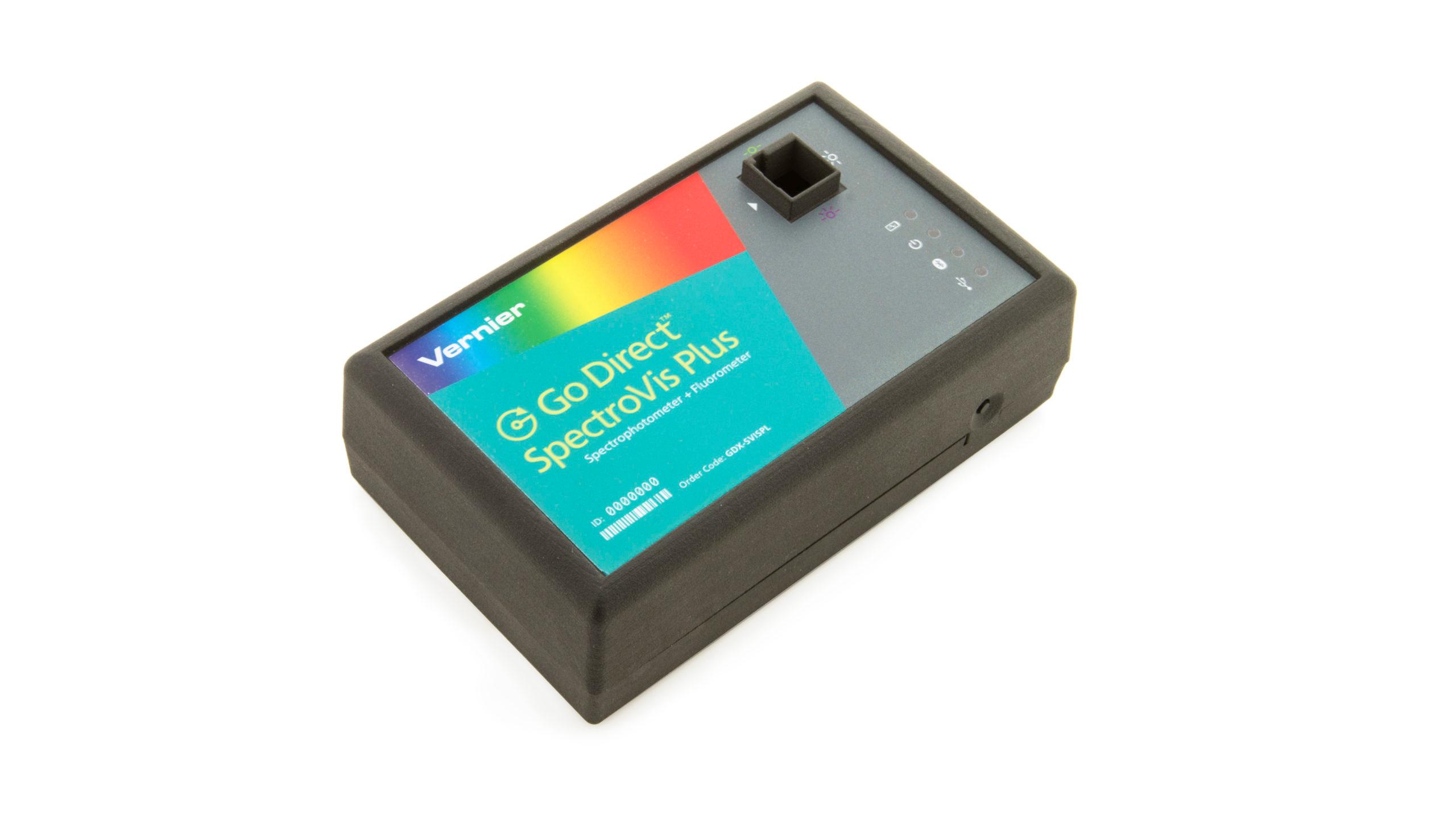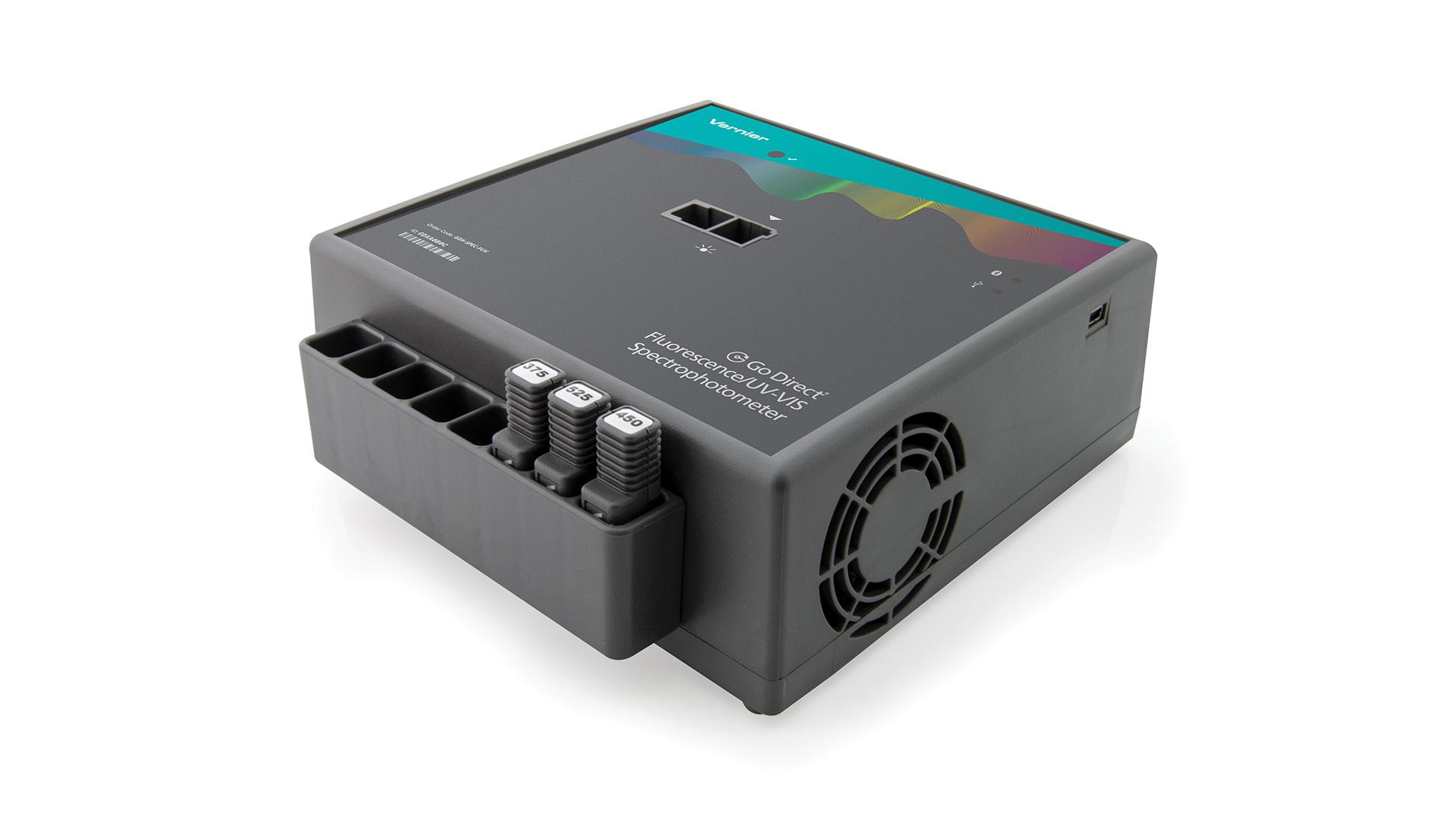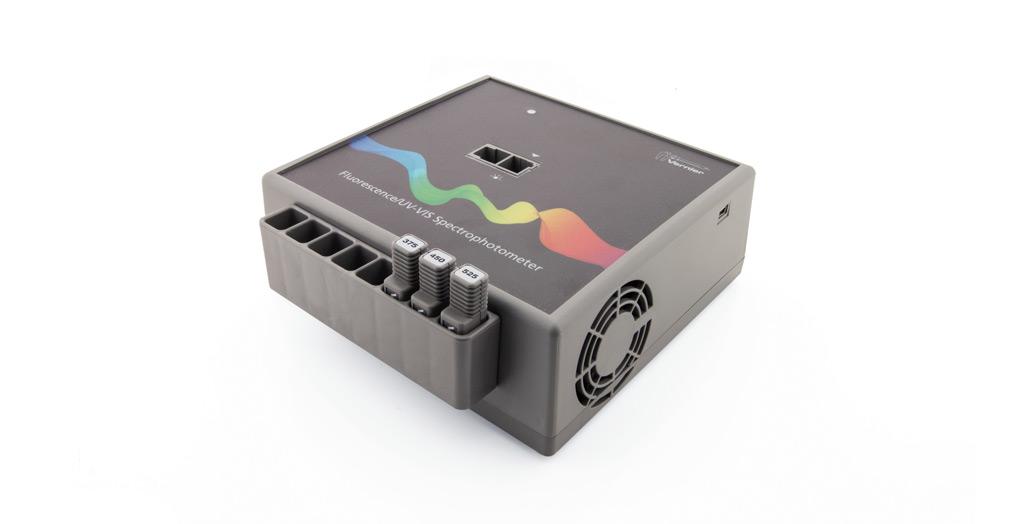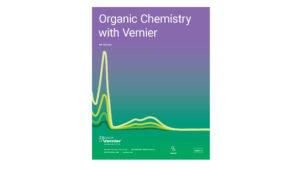Synthesis of Methyl Orange and Its Application to Textiles
Experiment #24 from Organic Chemistry with Vernier
- Education Level
- College
Introduction
The practice of using dyes is perhaps the most ancient art of chemistry. Dyeing substances from plant, animal, or mineral sources has been known before written history. The accidental discovery of the purple dye, mauve, by W.H. Perkin in 1856 is generally considered to be the birth of the modern chemical industry. Several other synthetic dyes followed. One important group is known as the azo dyes, which are named after their unusual N=N, azo, functional group.
In this experiment, you will synthesize methyl orange from sulfanilic acid and N,N-dimethylaniline using a diazonium coupling reaction, a common reaction for treating an aliphatic amine to yield a carbocation. The reaction between a primary aliphatic amine and nitrous acid gives an unstable diazonium salt that loses N2 to give a carbocation. The carbocation may then either (1) lose a proton to give an alkene, (2) react with a nucleophile, or (3) rearrange, followed by (1) or (2). The nucleophile we are using here is dimethylaniline. Attack is in the para position due to steric hindrance at the ortho position by the bulky dimethylamine substituent. Because you are synthesizing an azo dye, your product purity will easily be determined using a Spectrophotometer.
Objectives
In this experiment, you will
- Synthesize methyl orange from the reaction of a primary amine with nitrous acid.
- Calculate your product purity using a Spectrophotometer.
- Observe the spectroscopic changes of methyl orange under acidic and basic conditions.
- Explore how organic chemistry is an essential component of the textile industry.
Sensors and Equipment
This experiment features the following sensors and equipment. Additional equipment may be required.
Option 4

Ready to Experiment?
Ask an Expert
Get answers to your questions about how to teach this experiment with our support team.
- Call toll-free: 888-837-6437
- Chat with Us
- Email support@vernier.com
Purchase the Lab Book
This experiment is #24 of Organic Chemistry with Vernier. The experiment in the book includes student instructions as well as instructor information for set up, helpful hints, and sample graphs and data.





